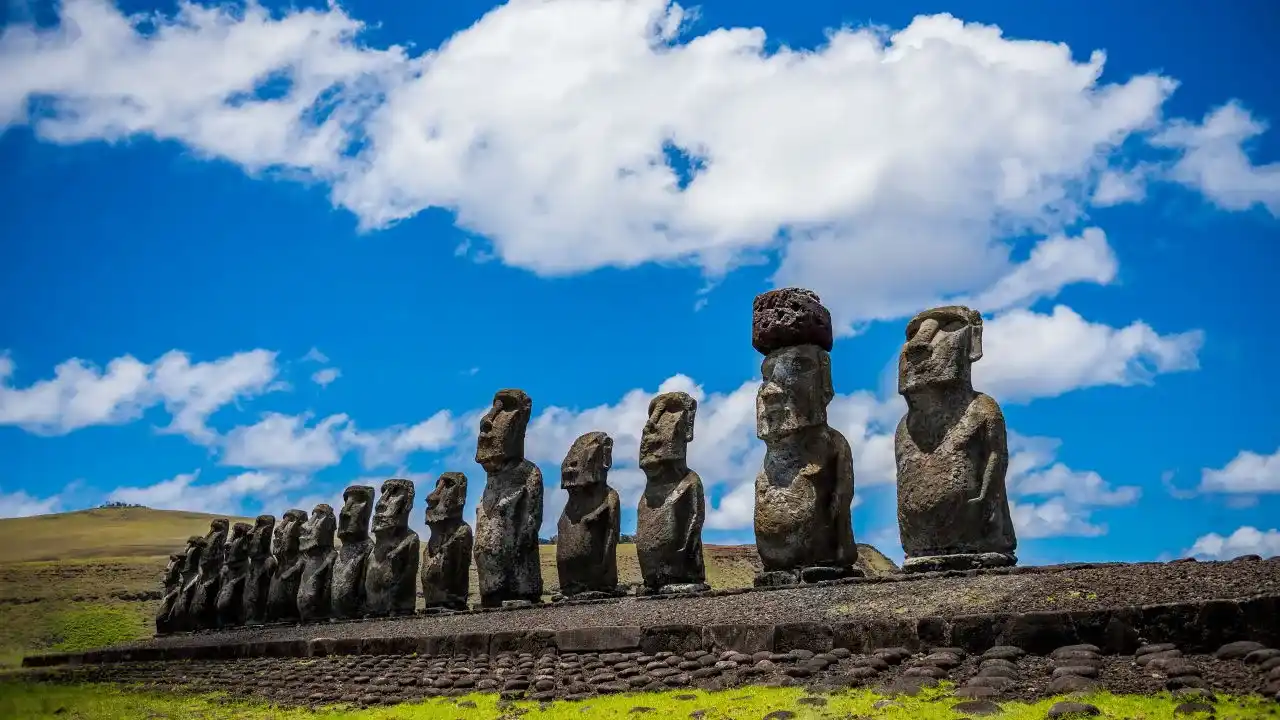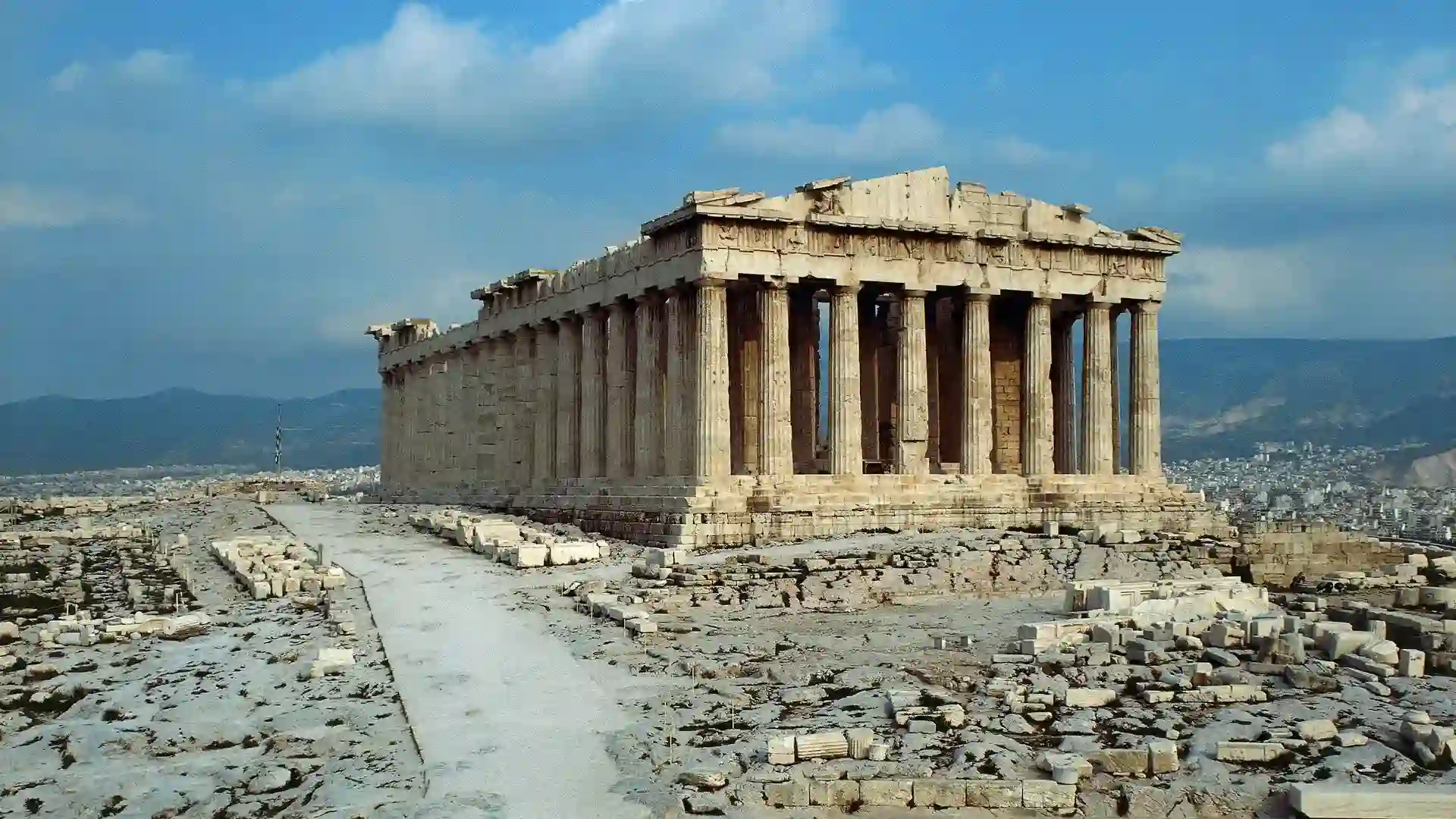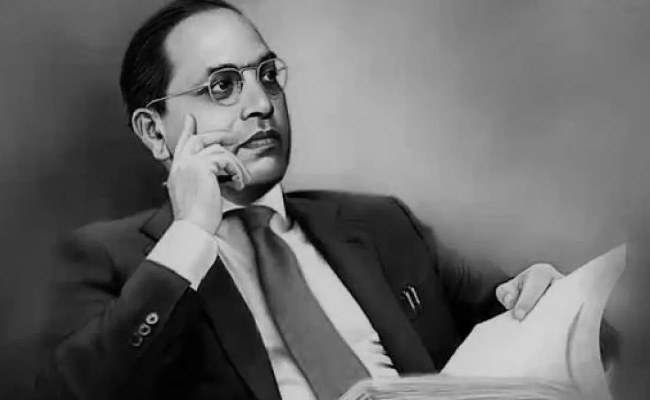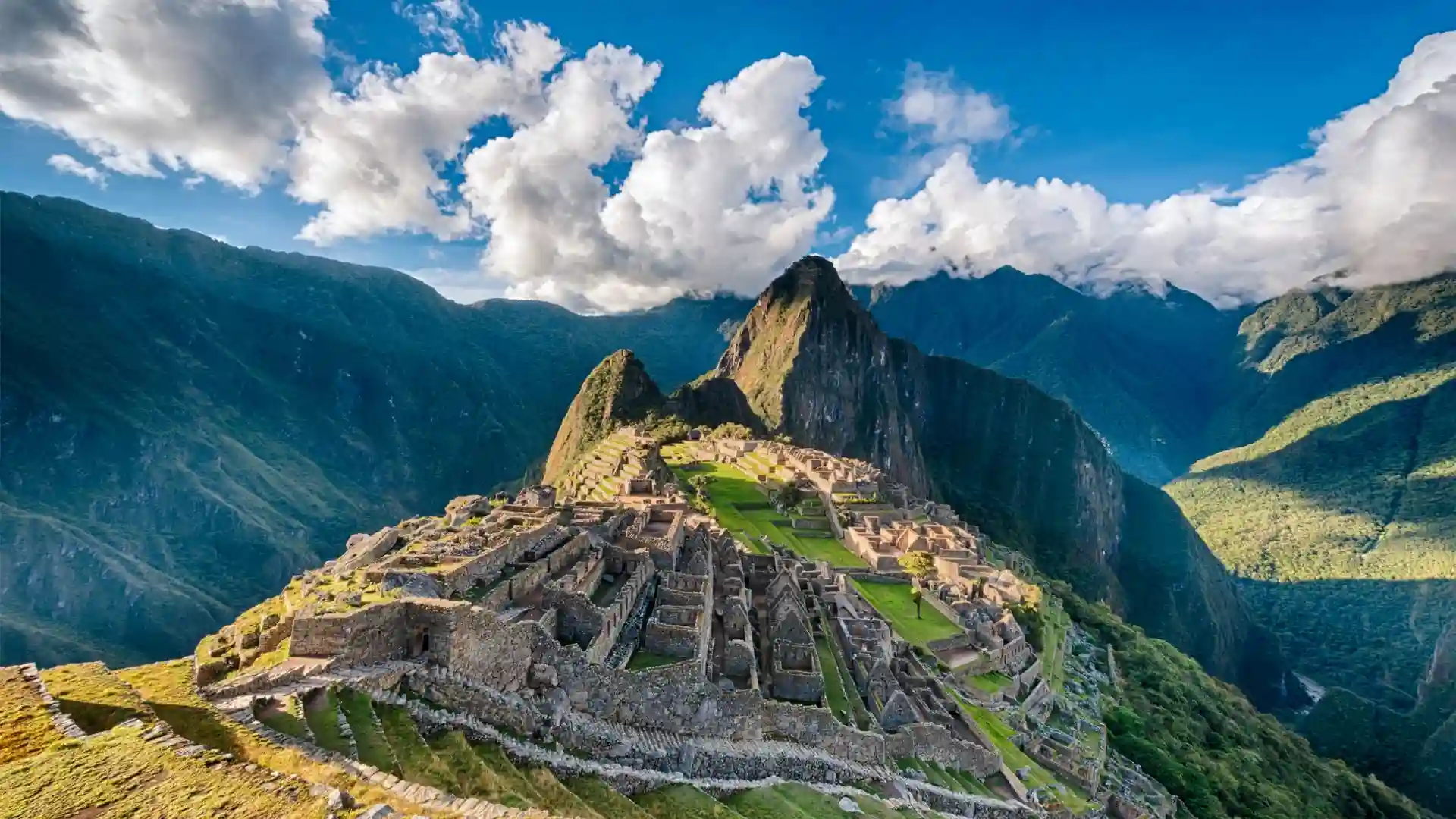Introduction: Easter Island, also known as Rapa Nui, is a remote island located in the southeastern Pacific Ocean. While this isolated landmass is famous for its stunning natural beauty, it is the enigmatic stone statues known as Moai that have captured the world’s imagination. Standing in stoic silence, these monolithic figures have become symbols of mystery and intrigue. In this article, we will delve into the fascinating history, construction, purpose, and cultural significance of the Easter Island statues.
- The Origins of the Moai: The Moai were created by the indigenous people of Easter Island, the Rapa Nui, who began sculpting these statues around the 13th century. Carved from solidified volcanic ash known as tuff, the statues were meticulously crafted by hand using stone tools. Each Moai represented a deceased ancestor and was intended to embody their mana, or spiritual power.
- Monumental Construction Efforts: The construction of the Moai was an incredible feat of engineering and organization. Quarried from the island’s volcanic crater, the statues were then transported to their final locations along the coast. The methods used for transportation are still debated, but it is widely believed that the Rapa Nui employed a combination of sledges, ropes, and human labor to move these massive stone figures, some weighing up to 75 tons, across the rugged terrain.
- Symbolism and Cultural Significance: The Moai played a central role in the spiritual and social life of the Rapa Nui people. They were erected on ceremonial platforms known as ahu, which served as sacred spaces for religious rituals and ancestor worship. The statues were positioned to face inward, overlooking the villages, serving as guardians and protectors. The belief was that the ancestors embodied in the Moai would provide guidance and protection to the community.
- Decline and Restoration: Over time, the creation of the Moai became more ambitious, with larger and more numerous statues being produced. However, as the population of Easter Island grew and the demand for resources increased, the island faced ecological degradation and societal collapse. As a result, the construction of Moai ceased, and many of the statues were toppled during internal conflicts. It was not until the 20th century that efforts were made to restore and preserve these iconic symbols of Rapa Nui culture.
- Modern-Day Fascination: The Moai continue to captivate visitors from around the world, drawing archaeologists, historians, and curious travelers to Easter Island. Their presence serves as a testament to the ingenuity and craftsmanship of the Rapa Nui people, as well as a reminder of the delicate balance between human activity and the environment. The island and its statues have been designated as a UNESCO World Heritage site, highlighting the need for their protection and preservation.
Conclusion: The Easter Island statues, the Moai, stand as silent witnesses to a remarkable civilization that once thrived on this remote island. The mystery surrounding their construction, transportation, and cultural significance adds to their allure. As we gaze upon these monolithic figures, we are reminded of the ingenuity and creativity of our ancestors and the importance of cherishing and preserving our shared cultural heritage. The story of the Moai serves as a powerful reminder of the potential consequences of unsustainable human practices and the need to foster a deep respect for the natural world.
![]()





